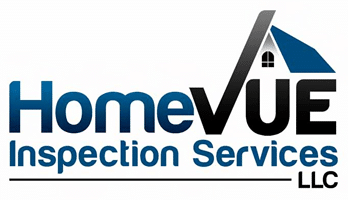Radon in the home is a common problem that can have deadly consequences.
The danger of radon comes from the fact that it is undetectable without a special test and can make people very sick with prolonged exposure. High radon levels are known to cause lung cancer, even among non-smokers. This article explains what to do if you have high levels of radon in your house.
1. Have Your Home Tested for High Radon Levels
High radon levels can affect any home, so every home should be tested by a radon professional. Radon is a radioactive gas that naturally forms underground and seeps upward from the soil. After it enters a building, it can accumulate to unhealthy levels. If your radon test shows levels of 4 pCi/L or higher, action should be taken to reduce the amount of radon.
2. Seal up Cracks in the Foundation
Keep radon from entering your house in the first place by sealing up the small openings that allow it to seep inside. Tiny foundation cracks and gaps around plumbing pipes let radon in. Seal these up yourself or hire a professional. This task helps keep out moisture and pests, too.
3. Ventilate
While newer, airtight homes are more energy efficient, they allow radon to build up inside because it cannot escape. Promoting ventilation can be as simple as opening the windows for a few minutes every day to dilute the indoor air. Even if you don’t have high radon levels in your house, ventilation is important to promote healthy indoor air quality.
4. High Radon Levels Require a Radon Mitigation System
While the above DIY tips can lower radon levels, it is essential to have a radon mitigation system installed if high levels of radon are found. A radon mitigation company will install special equipment that suctions radon through the slab and ventilates it out of the building. Radon mitigation systems should only be installed by a professional, and then professional radon testing should be conducted every year.
Home Vue Inspection Services provides professional radon testing to the Charlotte Metro area. Contact us to schedule an appointment.

